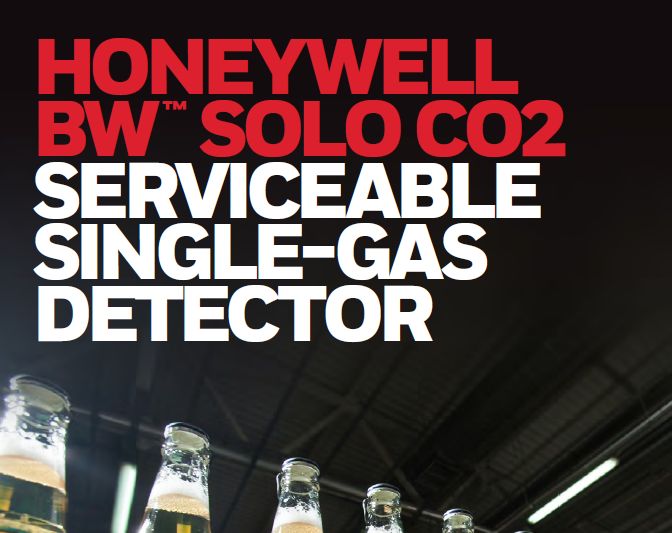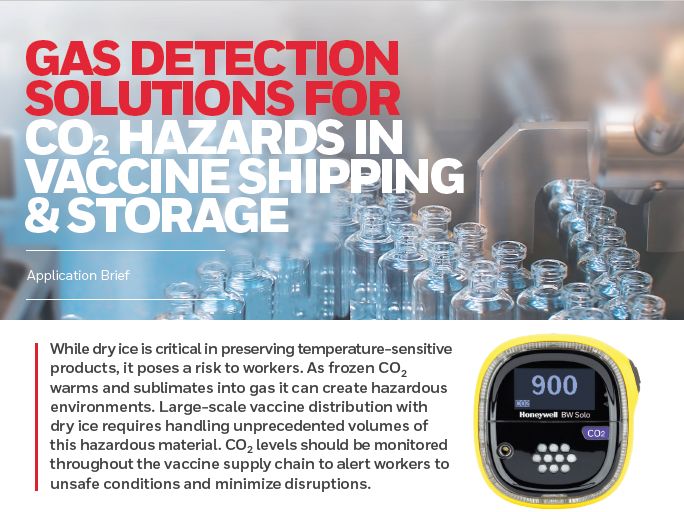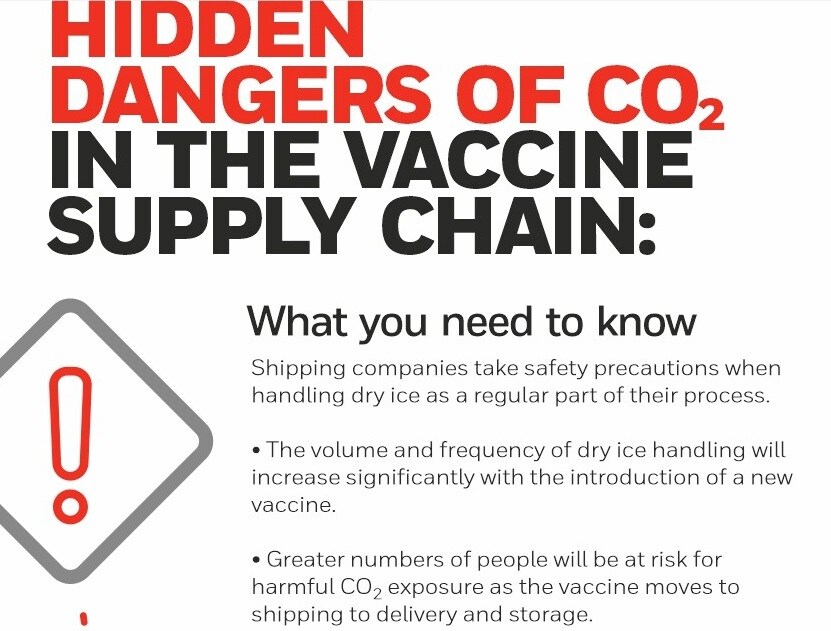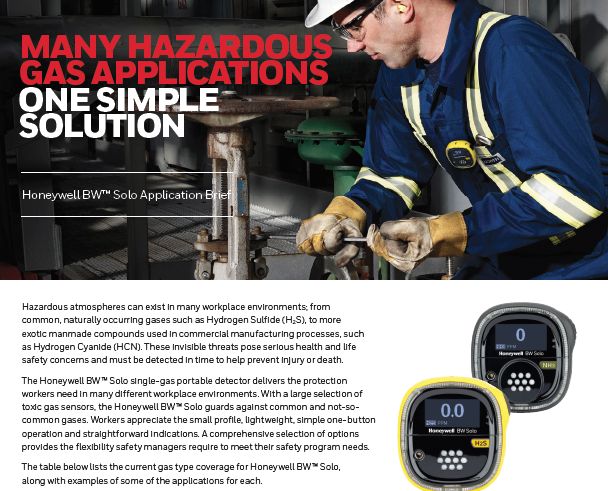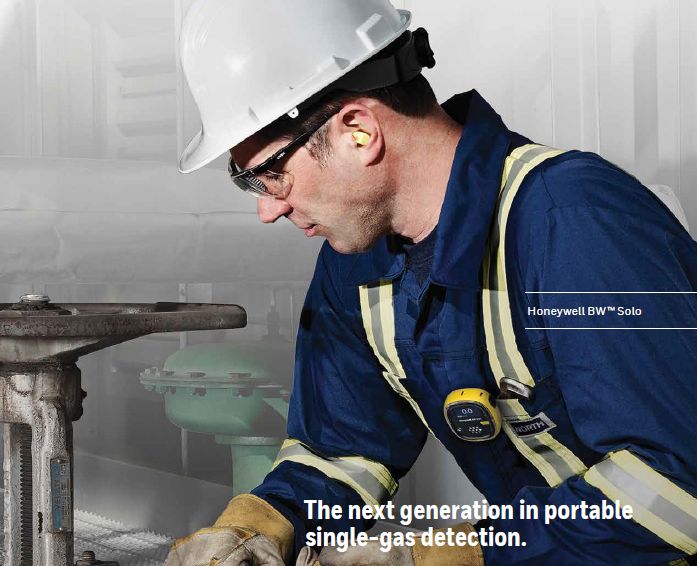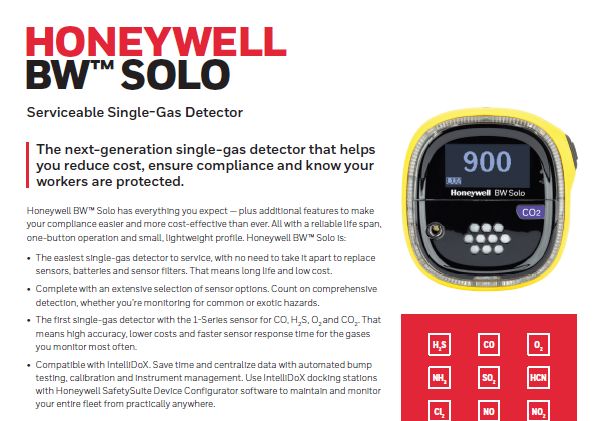-
Global
-
Africa
-
Asia Pacific
-
Europe
-
Latin America
-
Middle East
-
North America
- |
- Partners
- |
- Blog
- |
- Contact Us
- |
-
Services
Services
-
Productivity
Productivity -
Safety
Safety -
Warehouse Automation
Warehouse Automation
-
-
Industries
Industries
-
Healthcare and Life Sciences
Healthcare and Life Sciences -
Transportation and Logistics
Transportation and Logistics -
Manufacturing
Manufacturing -
Distribution Centers
-
Retail
Retail -
E-Commerce
-
Infrastructure
Infrastructure -
Government
Government -
Aerospace and Defense
-
Electrification
-
-
Support
Support
-
Productivity
Productivity -
Safety
Safety -
Sensing Solutions
Sensing Solutions -
Warehouse Automation
Warehouse Automation -
Global Tracking
Global Tracking
-
-
Where to Buy
Where to Buy
You are browsing the product catalog for
Portable Protection For Workers From Carbon Dioxide (CO₂) Gas Hazards
Carbon dioxide is a commonly encountered but often misunderstood gas, and as such, the potential hazard it poses to human health can often be disregarded. As the applications involving the use or possible exposure to CO₂ are on the increase, the need for dedicated personal carbon dioxide monitoring has never been greater
Portable gas detectors are ideal for workers in industries where high concentrations of CO₂ may be present; agriculture, aircraft maintenance, food/beverage manufacturing, oil and gas production, petrochemical and refining, wastewater treatment, shipyards, welding, and cold-temperature (dry ice) storage/transportation. The BW Solo portable detector for CO₂ is a cost-effective, simple to operate and use solution to help you keep workers safe in these environments.
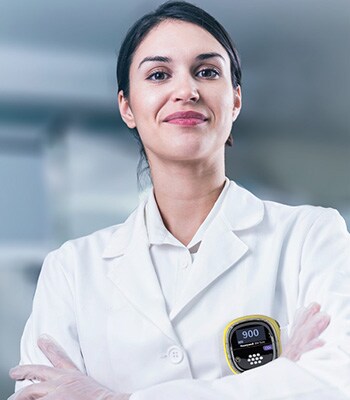

Know the risks
The primary danger from CO₂ gas is as an asphyxiant, although it also exerts toxic effects at the cellular level. A high concentration can displace oxygen in the air. If less oxygen is available to breathe, symptoms such as rapid breathing, rapid heart rate, dizziness, disorientation, headaches and fatigue can result.
CO₂ concentrations greater than 10% in breathable air may cause convulsions, vomiting, coma and even death, and the lack of oxygen can cause permanent damages to organs, including the brain and heart.
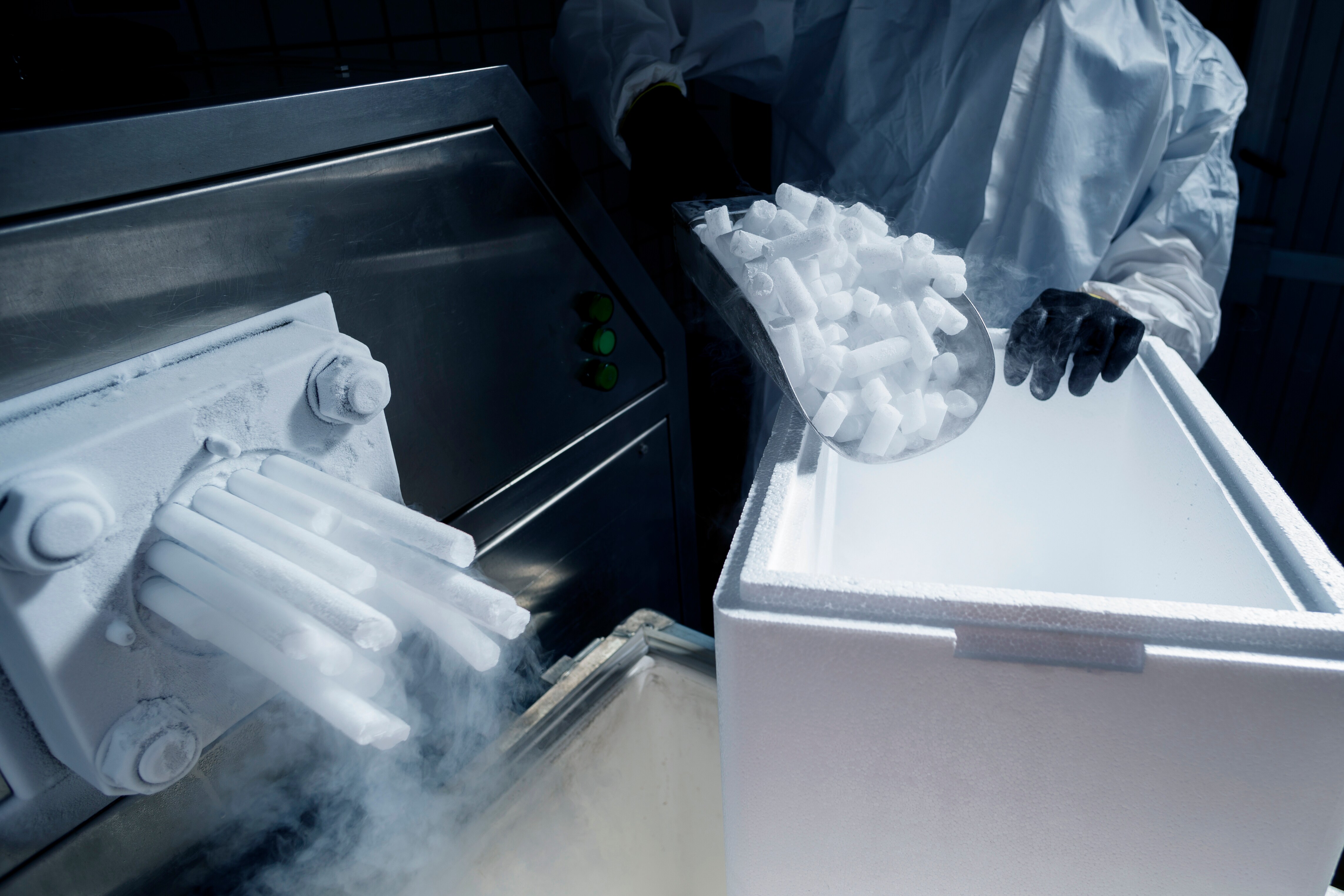

Know the process
Dry ice is the solid form of CO₂ commonly used in the shipment and storage of temperature sensitive products, such as vaccines. As dry ice warms it sublimates (moves directly from a frozen state to a gas), which can create toxic levels of CO₂ in the local atmosphere.
Those shipping and handling materials preserved with dry ice should follow government guidance, establish processes and training for mitigating health risks and ensure safety measures are rigorously followed.
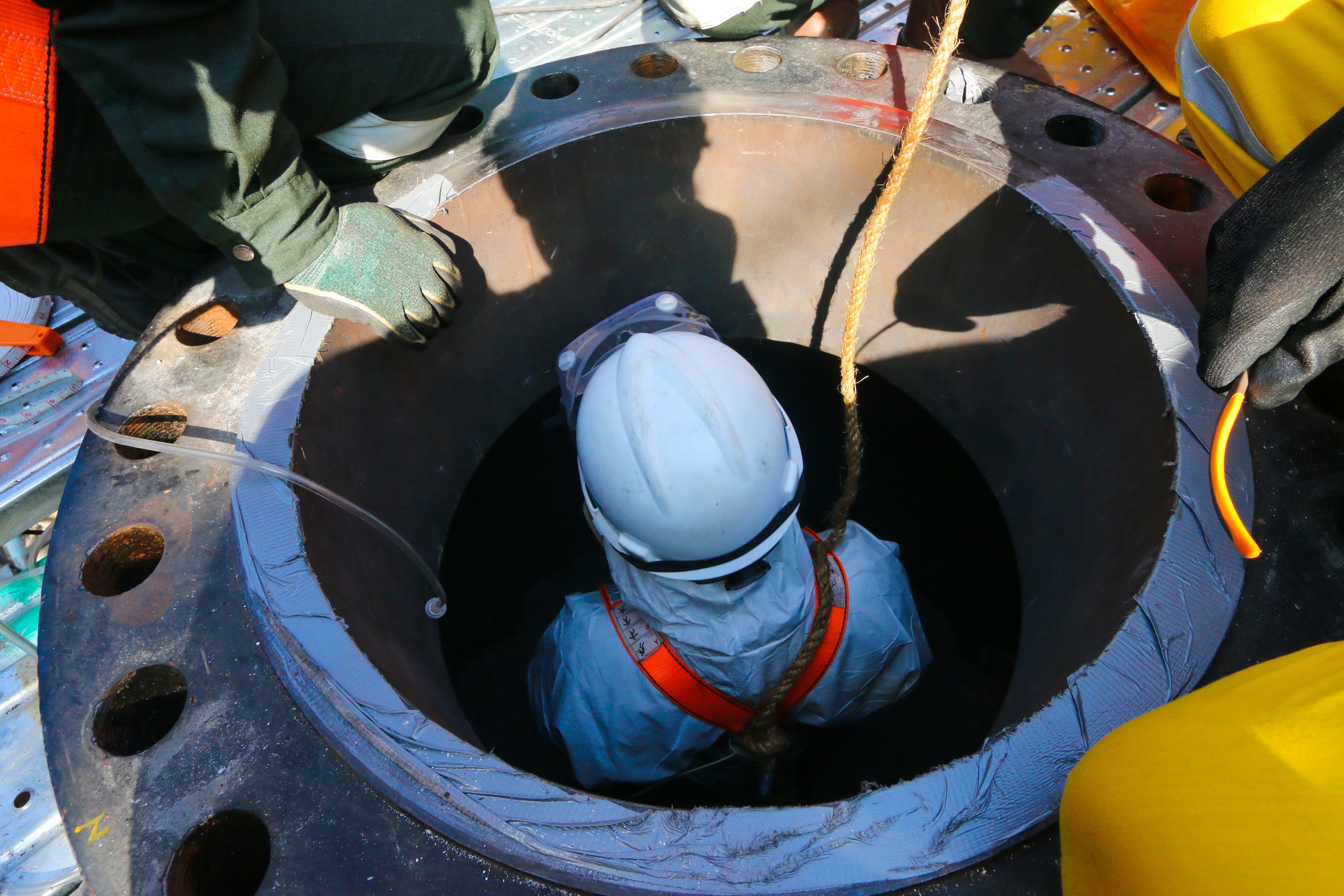

Know the environment
At standard temperature and pressure, carbon dioxide is a colorless, odorless, heavier than air gas. Any confined space, or poorly ventilated enclosed space, can potentially pose a threat of hazardous CO₂ levels.
Measuring the level of oxygen in these environments is not adequate for protecting workers from dangerous levels of CO₂. Most oxygen detectors will alarm when the concentration of oxygen falls by approximately 1.4% from the normal level. If this lower oxygen level is primarily due to displacement by CO₂, the local atmosphere will contain several times the allowable limit for worker exposure to carbon dioxide.
CO₂ levels should be monitored during all phases of the supply chain. Honeywell offers the broadest range of portable and fixed gas detection solutions to meet all your safety and budget needs. CO₂ detectors can be used to accurately detect for leaks or background toxic levels so that workers and facilities are aware of hazardous gas levels and can respond quickly.
Partner with the Experts in Gas and Flame Detection
Learn more or schedule a complimentary demonstration today. Virtual meetings are available
Let's Connect!
Sign up to receive exclusive communications from Honeywell including product updates, technical information, new offerings, events and news, surveys, special offers, and related topics via telephone, email, and other forms of electronic communication.
Copyright © 2024 Honeywell International Inc



















